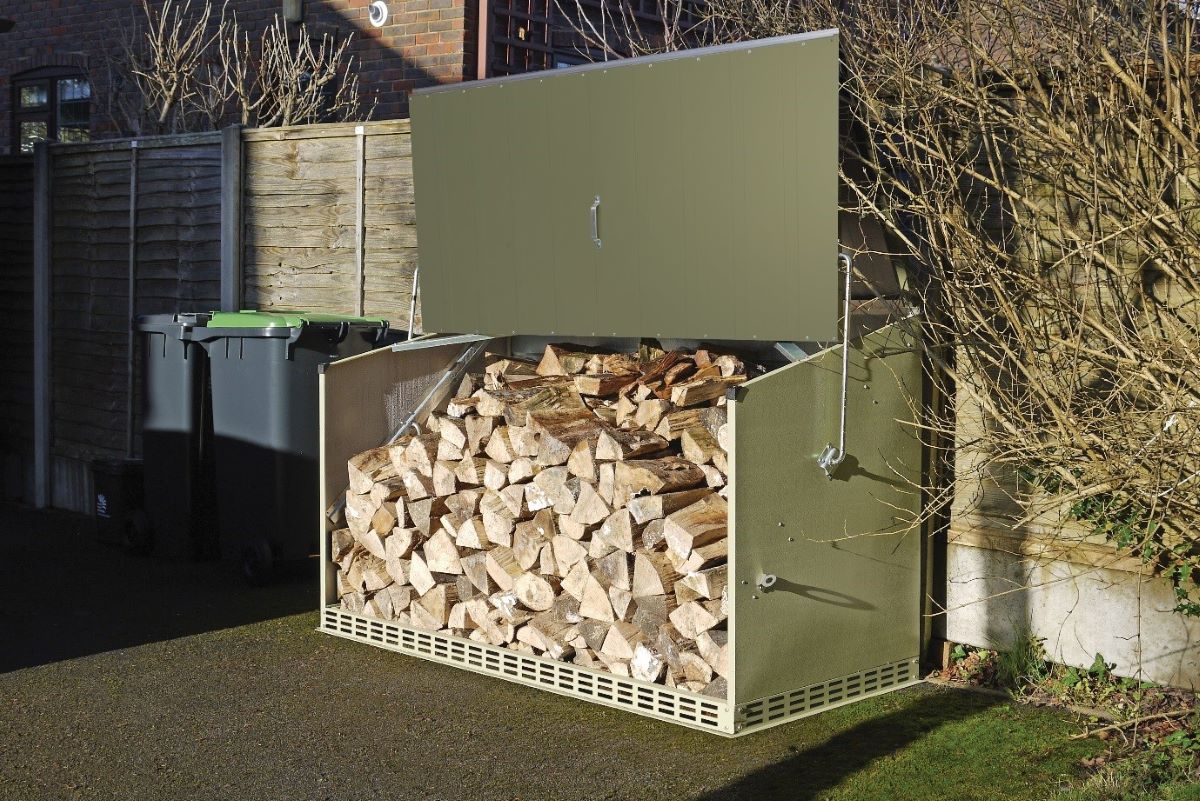

Articles
How To Store Firewood Outside In Winter
Modified: January 5, 2024
Learn how to store firewood outside in winter with this informative article. Find tips and techniques to keep your firewood dry and ready to burn throughout the cold months.
(Many of the links in this article redirect to a specific reviewed product. Your purchase of these products through affiliate links helps to generate commission for Storables.com, at no extra cost. Learn more)
Introduction
As the temperatures drop and winter approaches, ensuring a steady supply of firewood is essential for keeping warm and cozy. Whether you rely on a fireplace, wood stove, or outdoor fire pit, proper storage of firewood is crucial to maintaining its quality and effectiveness as a source of heat. In this article, we will discuss the steps to store firewood outside in winter, ensuring that it remains dry, accessible, and ready for use.
When it comes to storing firewood, there are several factors to consider. Choosing the right location, preparing the storage area, constructing a stable base, and stacking the firewood properly are all integral to successful firewood storage. Additionally, covering the firewood and maintaining the stack are equally important in protecting the wood from the elements and ensuring it remains in optimal condition.
By following these guidelines and implementing the necessary measures, you can effectively store firewood outside in winter, guaranteeing a reliable source of heat throughout the colder months.
Now, let’s delve into each step in detail and explore the best practices for storing firewood outside in winter.
Key Takeaways:
- Choose a suitable location away from the house, elevate the wood off the ground, and construct a stable base using gravel or pavers to ensure optimal airflow and protection from moisture, preserving the quality of firewood in winter.
- Properly stack firewood in a crisscross pattern, tightly pack the logs, and cover the stack with a waterproof cover to prevent moisture damage, ensuring a reliable and efficient source of heat throughout the colder months.
Read more: How To Store Firewood Outside In Summer
Choosing the Right Location
When selecting a location for storing firewood outside in winter, it’s essential to consider certain factors that will help preserve the quality and usability of the wood. Here are some tips to help you choose the right location:
- Distance from the House: Place the firewood storage area at a reasonable distance from your house to prevent any pests or insects that may inhabit the wood from migrating indoors.
- Avoid Low-Lying Areas: Avoid placing the firewood in low-lying areas where water can accumulate, as this can lead to moisture seeping into the wood and causing it to rot.
- Adequate Airflow: Ensure that the selected location allows for proper airflow around the firewood stack. Sufficient airflow will help the wood dry out and prevent the growth of mold or fungus.
- Protection from the Elements: Look for a spot that provides some natural protection from rain, snow, and excessive wind. If possible, position the storage area against a wall, fence, or under a covering to shield the wood from direct exposure to the elements.
- Accessibility: Consider the convenience of accessing the firewood. Choose a location that is easily accessible, allowing you to retrieve wood without trudging through snow or navigating challenging terrain.
By carefully considering these factors and choosing an appropriate location, you can ensure that your firewood remains in good condition throughout the winter season. Next, let’s move on to preparing the storage area for the firewood.
Preparing the Firewood Storage Area
Before you start stacking your firewood, it’s important to properly prepare the storage area. Taking the time to prepare the area will help prevent any potential issues and ensure the longevity of your firewood. Here are some steps to follow when preparing the firewood storage area:
- Clean the Area: Clear the ground in the selected location, removing any debris, rocks, or vegetation. This will provide a clean and level surface for the firewood stack.
- Create a Barrier: Lay down a moisture barrier, such as a tarp or plastic sheet, to prevent ground moisture from seeping into the firewood. This barrier will help keep the wood dry and reduce the risk of rotting.
- Elevate the Wood: Use pallets or blocks to elevate the firewood off the ground. This will further protect it from ground moisture and improve airflow around the stack.
- Clear the Surrounding Area: Remove any flammable materials or debris from the immediate vicinity of the firewood storage area. Keeping the area clear will minimize the risk of accidental fires.
- Consider Fire Safety: If you live in an area prone to wildfires, make sure to follow local regulations and guidelines for storing firewood safely. This may include keeping a safe distance between the firewood stack and any structures or maintaining a buffer zone around the storage area.
By taking the time to prepare the firewood storage area, you can create a suitable environment for the wood to remain dry and well-preserved throughout the winter. Next, let’s explore how to create a stable base for the firewood stack.
Creating a Stable Base
Building a stable base for your firewood stack is crucial to ensure it remains secure and organized throughout the winter season. A stable base not only prevents the wood from collapsing but also allows for proper airflow and drainage, helping to keep the firewood in good condition. Here are the steps to create a stable base for your firewood stack:
- Level the Ground: Use a shovel or rake to level the ground where you plan to stack your firewood. This will provide a solid and even surface for the base.
- Install Gravel or Pavers: Lay down a layer of gravel or pavers on the leveled ground. This helps improve drainage and prevents the wood from sitting directly on wet soil.
- Arrange the Gravel or Pavers: Arrange the gravel or pavers in a grid pattern or any other stable configuration. Ensure they are tightly packed to avoid shifting or sinking of the base.
- Check for Stability: Once the gravel or pavers are in place, check for stability by applying pressure to various points of the base. Make any adjustments necessary to ensure it is sturdy and level.
By creating a stable base, you’ll provide a solid foundation for your firewood stack, minimizing the risk of tipping, collapsing, or moisture damage. With the base in place, let’s move on to constructing a firewood rack.
Constructing a Firewood Rack
Building a firewood rack is an effective way to organize and elevate your firewood stack, allowing for better airflow and drainage. A well-constructed rack also helps to keep the wood off the ground, reducing the risk of moisture damage and pest infestation. Here are the steps to construct a firewood rack:
- Gather the Materials: You will need sturdy lumber or metal beams for the frame of the rack, as well as additional pieces for the supports and crossbars. Measure the dimensions based on the amount of firewood you plan to store.
- Assemble the Frame: Use the lumber or metal beams to create the frame of the firewood rack. Screw or nail the pieces together securely, ensuring the frame is level and stable.
- Add Supports and Crossbars: Attach additional pieces of lumber or metal beams to serve as supports and crossbars within the frame. These will help hold the firewood in place and add strength to the rack.
- Elevate the Rack: Place the firewood rack on top of the stable base you created earlier. Ensure that the rack is level and securely positioned.
Constructing a firewood rack not only provides a designated space for stacking the wood but also allows for proper airflow and drainage. It helps keep the firewood organized and easily accessible throughout the winter. Once the rack is in place, let’s move on to stacking the firewood properly.
To store firewood outside in winter, make sure to keep it off the ground and covered with a tarp to protect it from snow and moisture. This will help it stay dry and ready to use.
Read more: How To Store Kayaks Outside In Winter
Stacking the Firewood Properly
Properly stacking your firewood is essential for maximizing airflow, promoting drying, and ensuring stability. A well-stacked firewood pile not only looks neat but also helps the wood maintain its quality and effectiveness as a heat source. Here are the steps to stack firewood properly:
- Create a Base Layer: Start by laying a solid base layer of firewood on the rack. Place the logs parallel to the length of the rack, ensuring they are snugly packed together.
- Stack in a Crisscross Pattern: For the subsequent layers, alternate the direction of the firewood. Stack each layer in a crisscross pattern, placing the logs perpendicularly to the layer below. This creates stability and prevents the stack from leaning or toppling over.
- Leave Gaps for Airflow: In between the logs, leave small gaps or spaces to allow for proper airflow. This helps the wood dry out faster and reduces the chances of mold or rot.
- Build Upward Gradually: Continue stacking the firewood, layer by layer, until you reach the desired height. Avoid stacking the wood too high, as a tall stack increases the risk of instability. It’s better to have multiple shorter stacks if needed.
- Keep the Stack Tightly Packed: As you stack each layer, ensure the logs are tightly packed together. This prevents them from shifting or falling out of the stack, maintaining stability and preventing unnecessary movement.
By following these steps and taking the time to stack your firewood properly, you can create a stable and well-ventilated stack that will dry efficiently and remain intact throughout the winter season. Next, let’s discuss the importance of covering the firewood.
Covering the Firewood
Covering your firewood stack is crucial for protecting it from moisture, rain, snow, and other elements that can negatively impact its quality. A well-covered firewood stack will stay dry and ready for use, ensuring optimal burning efficiency. Here are the steps to properly cover your firewood:
- Choose a Waterproof Cover: Select a high-quality waterproof cover that is large enough to fully encompass your firewood stack. A heavy-duty tarp or a specifically designed firewood cover works best.
- Position the Cover: Place the cover over the top of the firewood stack, ensuring it extends down the sides to provide adequate protection. Make sure the cover is securely fastened to prevent it from getting blown away by the wind.
- Slope the Cover: Slope the cover slightly to allow for rain or snow to run off easily. This prevents water from pooling on top of the cover and seeping into the wood.
- Avoid Enclosing the Entire Stack: While it’s important to cover the top and sides of the firewood stack, avoid completely enclosing it. Allowing for some airflow will help prevent condensation and maintain optimal drying conditions.
- Check the Cover Regularly: Periodically check the condition of the cover to ensure it remains intact and securely in place. If the cover becomes damaged or starts to leak, replace it promptly to maintain the protection of the firewood.
Covering the firewood serves as a vital protective barrier, preventing moisture from seeping into the wood and ensuring it remains dry and ready for use. By following these steps, you can help prolong the lifespan of your firewood and improve its burning efficiency. However, it’s important to note that regular maintenance and attention are key in ensuring the effectiveness of the cover. Next, let’s discuss the importance of maintaining the firewood stack.
Maintaining the Firewood Stack
Proper maintenance of your firewood stack is essential for preserving the quality and usability of the wood. By implementing regular checks and maintenance routines, you can ensure that your firewood remains in optimal condition throughout the winter season. Here are some important tips for maintaining your firewood stack:
- Inspect Regularly: Regularly inspect the firewood stack for any signs of damage, such as rot, mold, or insect infestation. Remove any affected logs immediately to prevent further spread.
- Rotate the Stock: To avoid the wood sitting in the same spot for extended periods, rotate the logs regularly. Moving the wood will help even out any moisture discrepancies and promote uniform drying.
- Remove Excess Moisture: If you notice any logs that are damp or have excess moisture, remove them from the stack and allow them to dry separately before reintroducing them to the stack.
- Reposition the Cover: Inspect the cover regularly and reposition it if necessary. Ensure that it is securely fastened and provides adequate protection from the elements.
- Restack When Needed: Over time, the firewood stack may become less stable or begin to shift. If this happens, it’s important to restack the wood to maintain stability and prevent any potential hazards.
- Rotate from the Bottom: When removing firewood for use, take logs from the bottom of the stack rather than the top. This ensures proper rotation and prevents the stack from becoming unbalanced.
By following these maintenance tips, you can ensure that your firewood stack remains in excellent condition, ready to provide warmth and comfort during the winter. Additionally, keeping the area around the firewood stack clean is important to maintain a safe and tidy storage space.
Keeping the Area Clean
Keeping the area around your firewood stack clean is not only aesthetically pleasing but also important for maintaining a safe and efficient storage space. A clean storage area helps prevent pests, mold, and potential fire hazards. Here are some tips for keeping the area around your firewood stack clean:
- Remove Debris: Regularly remove any debris, such as leaves, branches, or other organic matter, from the area around the firewood stack. This helps prevent pests from nesting or hiding in the vicinity.
- Sweep or Rake: Use a broom or rake to sweep or rake the area around the firewood stack to remove any dirt or debris that may have accumulated. This also helps prevent insects or rodents from being attracted to the area.
- Clear Vegetation: Trim or clear any nearby vegetation that could potentially pose a fire hazard. Ensure there is a safe distance between the firewood stack and any flammable materials.
- Dispose of Ashes Properly: If you are using a fireplace or wood stove, make sure to dispose of ashes safely and properly. Allow them to cool completely before removing them and dispose of them in a designated ash container.
- Store Firewood Tools Properly: Keep your firewood tools, such as axes, saws, and gloves, in a designated storage area. This helps prevent accidents and keeps the area around the firewood stack clutter-free.
By maintaining a clean storage area for your firewood, you minimize the risk of pests, improve fire safety, and create a more pleasant overall environment. Regularly incorporating these cleaning practices will help ensure a well-maintained and efficient firewood storage space.
Conclusion
Storing firewood outside in winter requires careful consideration and proper execution to ensure that the wood remains dry and accessible for use. By choosing the right location, preparing the storage area, creating a stable base, constructing a firewood rack, stacking the firewood properly, covering it, maintaining the stack, and keeping the area clean, you can effectively store firewood throughout the colder months.
Choosing a suitable location away from the house, avoiding low-lying areas, ensuring adequate airflow, and providing protection from the elements are key factors in selecting the right spot for your firewood storage. Preparing the storage area by clearing debris, using a moisture barrier, raising the wood off the ground, and maintaining fire safety measures are essential steps to keep the firewood in good condition.
Creating a stable base using gravel or pavers helps promote airflow and drainage, while constructing a firewood rack provides organization and elevation for better drying. Properly stacking the firewood in a crisscross pattern, leaving gaps for airflow, and tightly packing the logs ensure stability and optimal drying conditions.
Covering the firewood with a waterproof cover prevents moisture damage and maintains the quality of the wood. Regular maintenance, such as inspecting for damage, rotating the stock, removing excess moisture, and repositioning the cover, is important to preserve the firewood’s usability.
Lastly, keeping the area around the firewood stack clean by removing debris, sweeping or raking, clearing vegetation, and properly disposing of ashes maintains a safe and tidy storage space.
In conclusion, by following these steps and incorporating proper storage techniques, you can ensure that your firewood remains dry, accessible, and ready for use throughout the winter season. By taking the time to store your firewood properly, you can enjoy a warm and cozy atmosphere while efficiently utilizing your firewood supply. Stay warm!
Frequently Asked Questions about How To Store Firewood Outside In Winter
Was this page helpful?
At Storables.com, we guarantee accurate and reliable information. Our content, validated by Expert Board Contributors, is crafted following stringent Editorial Policies. We're committed to providing you with well-researched, expert-backed insights for all your informational needs.
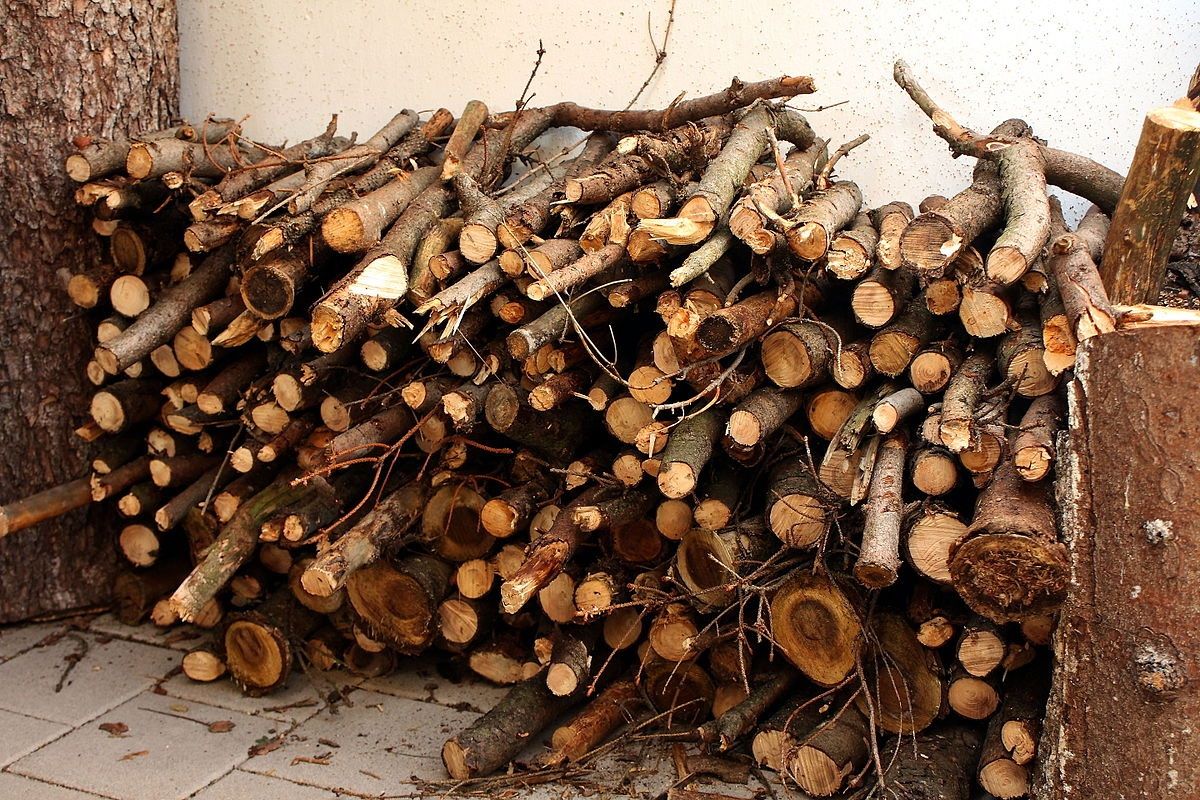
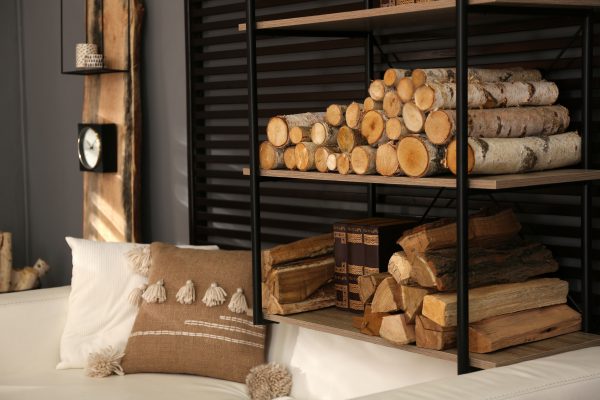
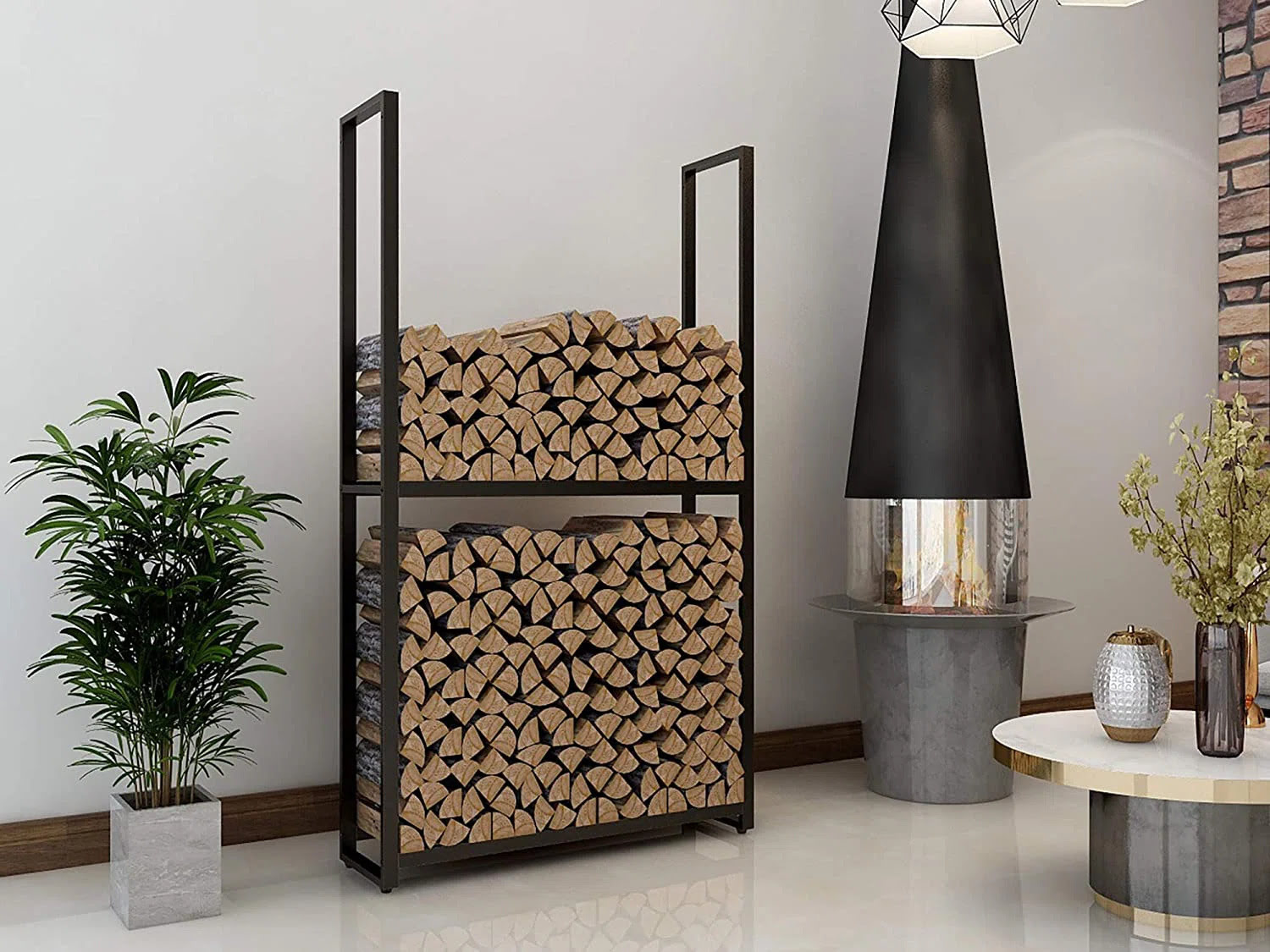
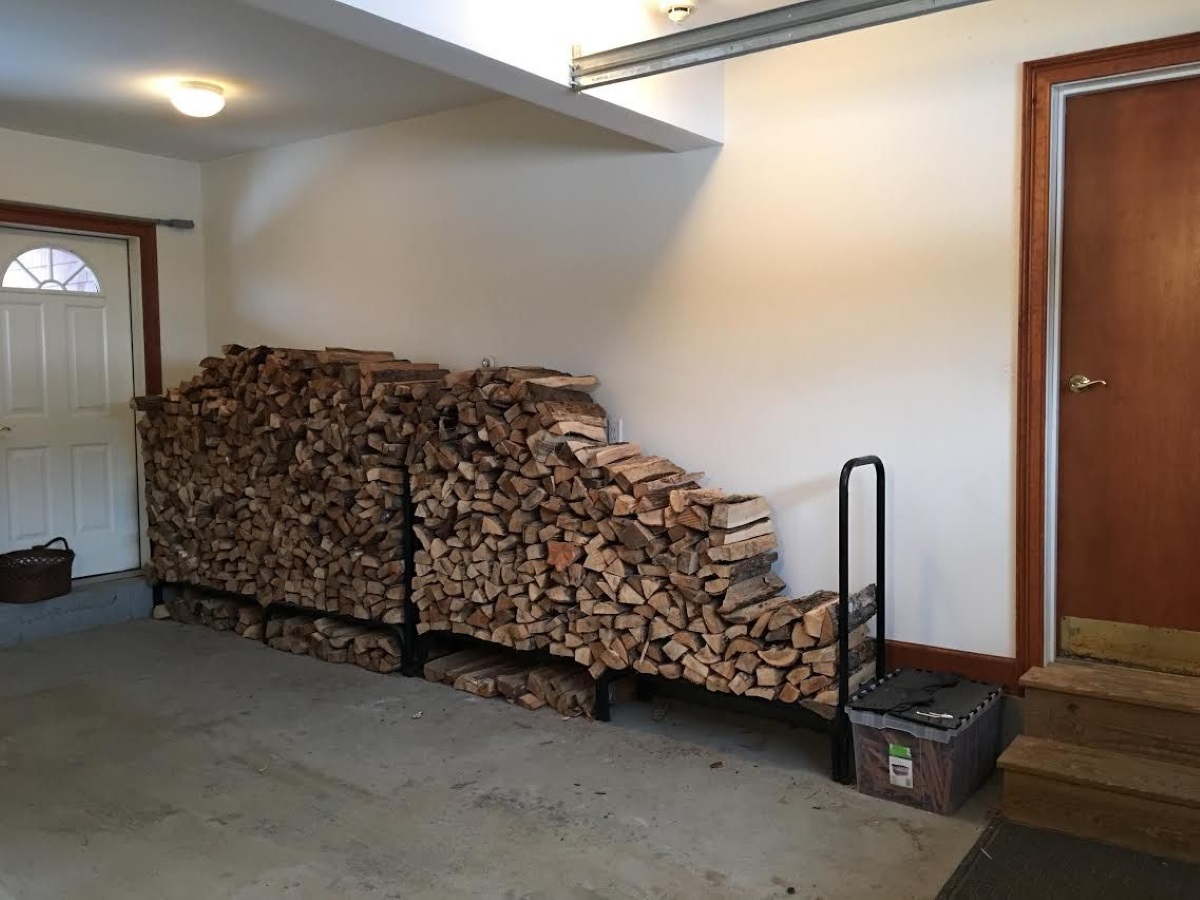
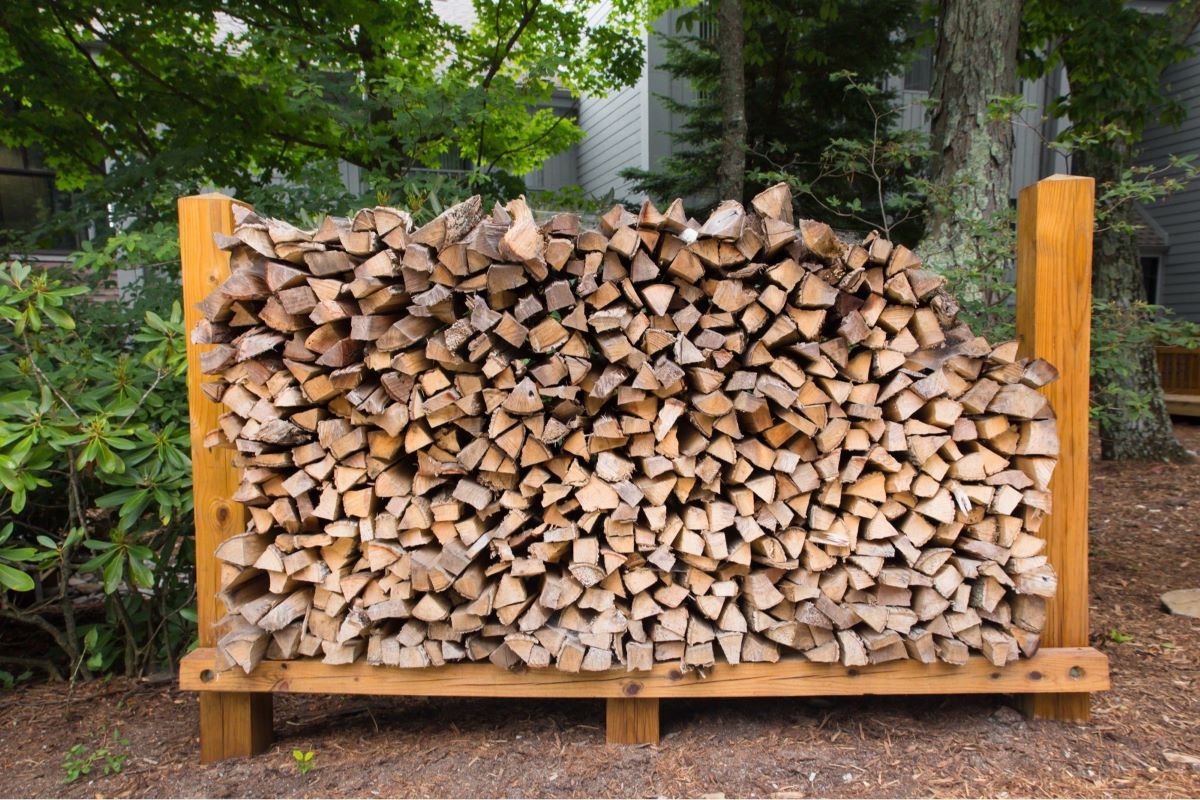
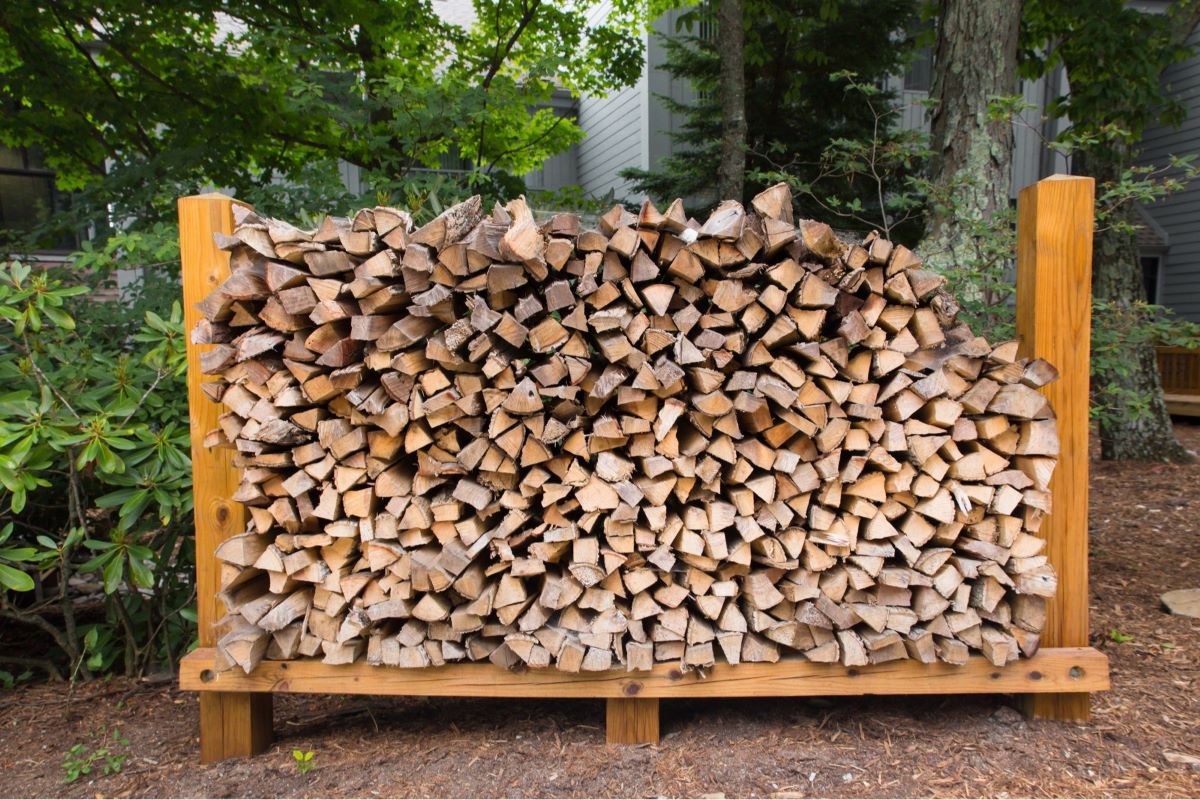
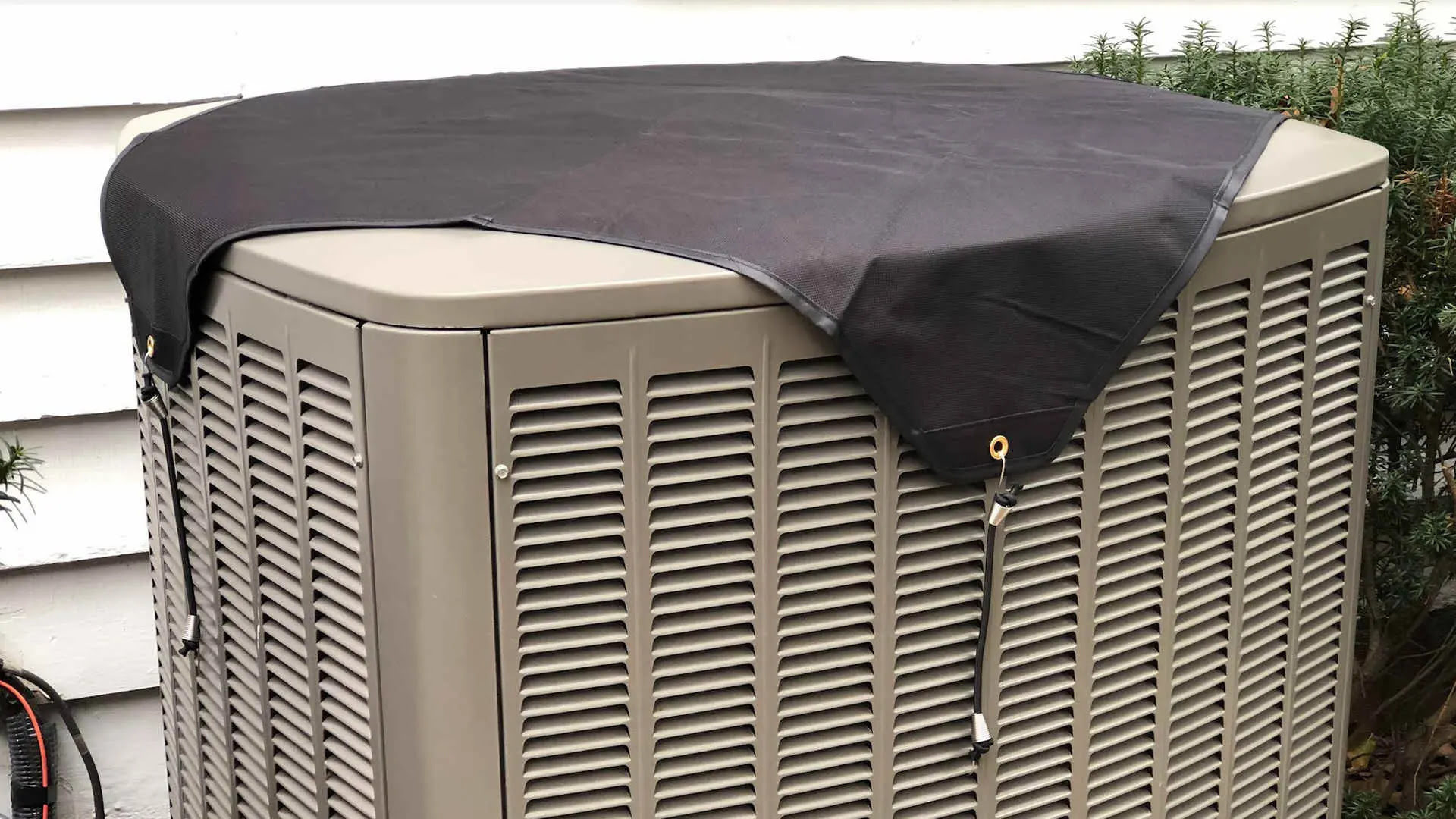
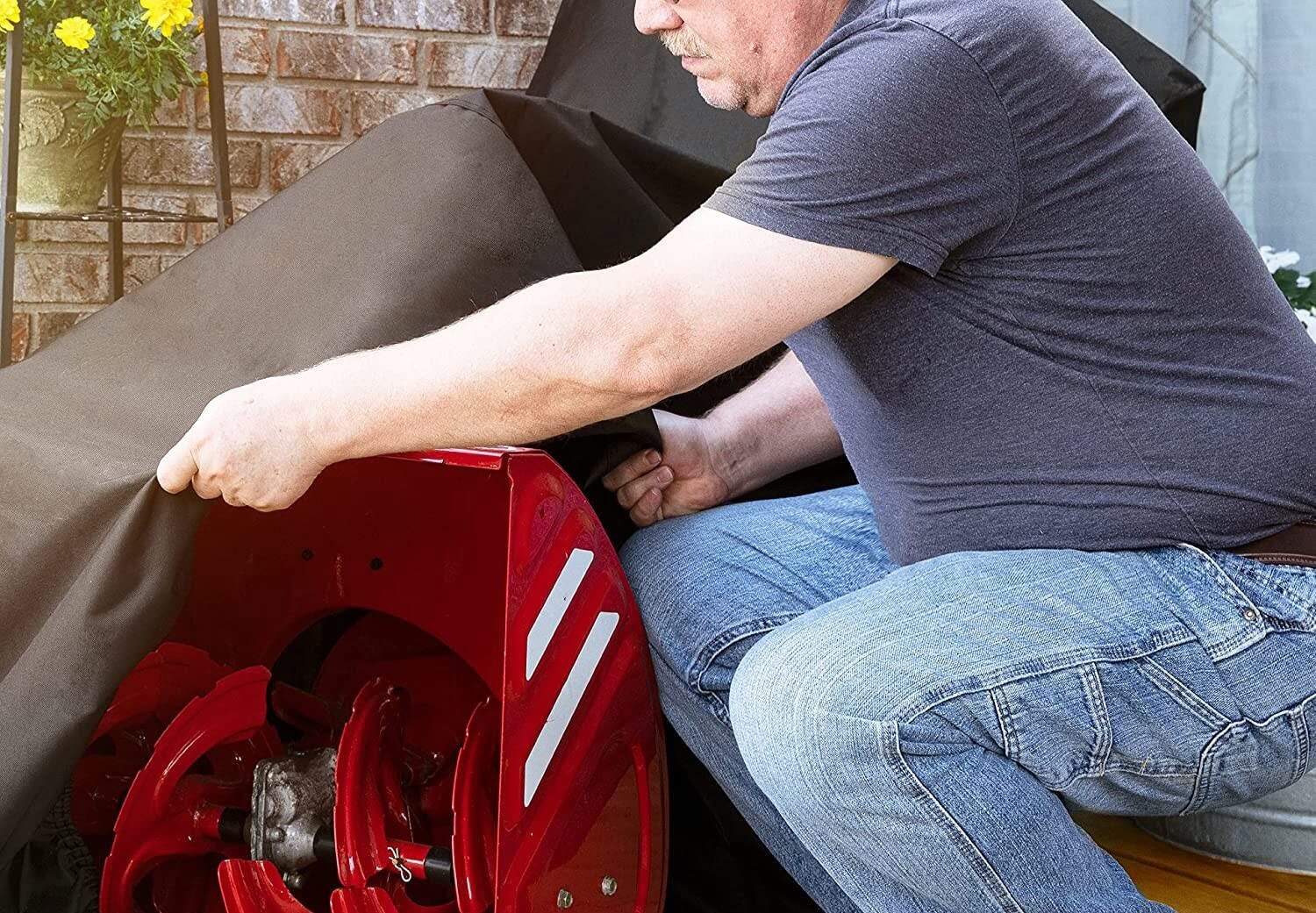

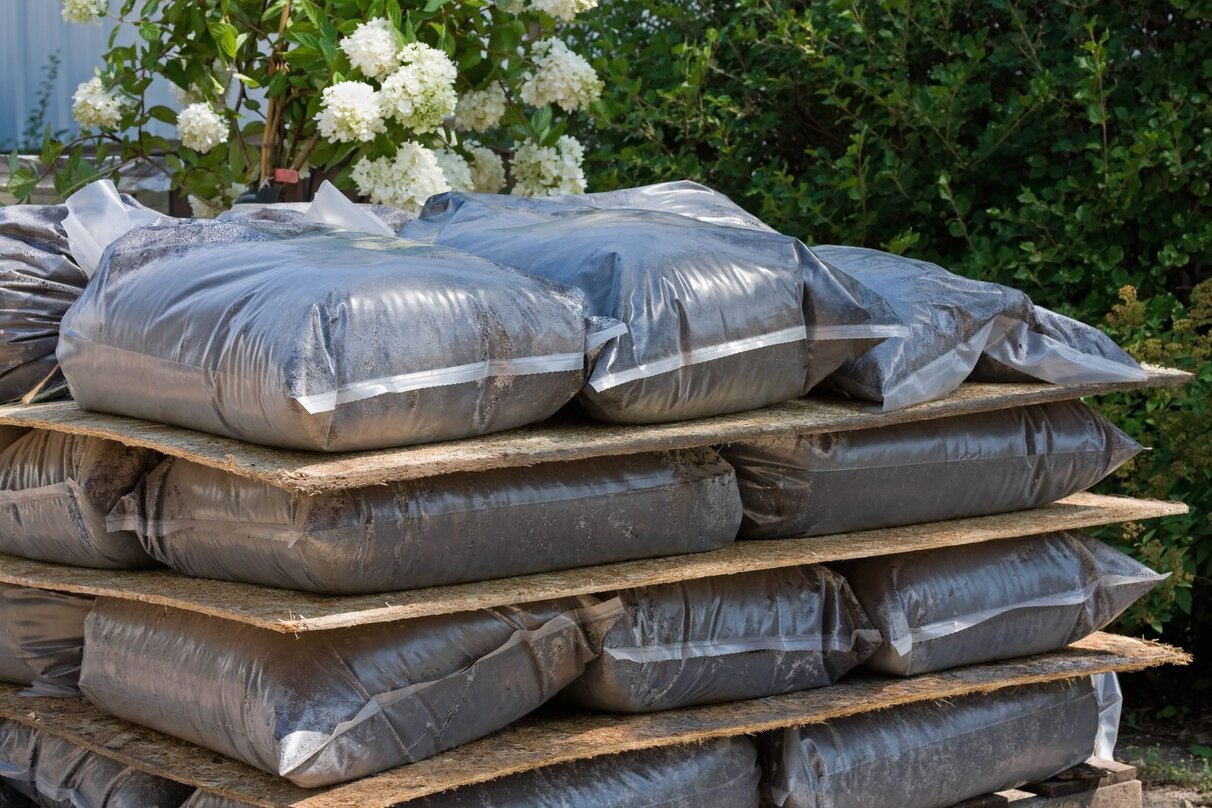
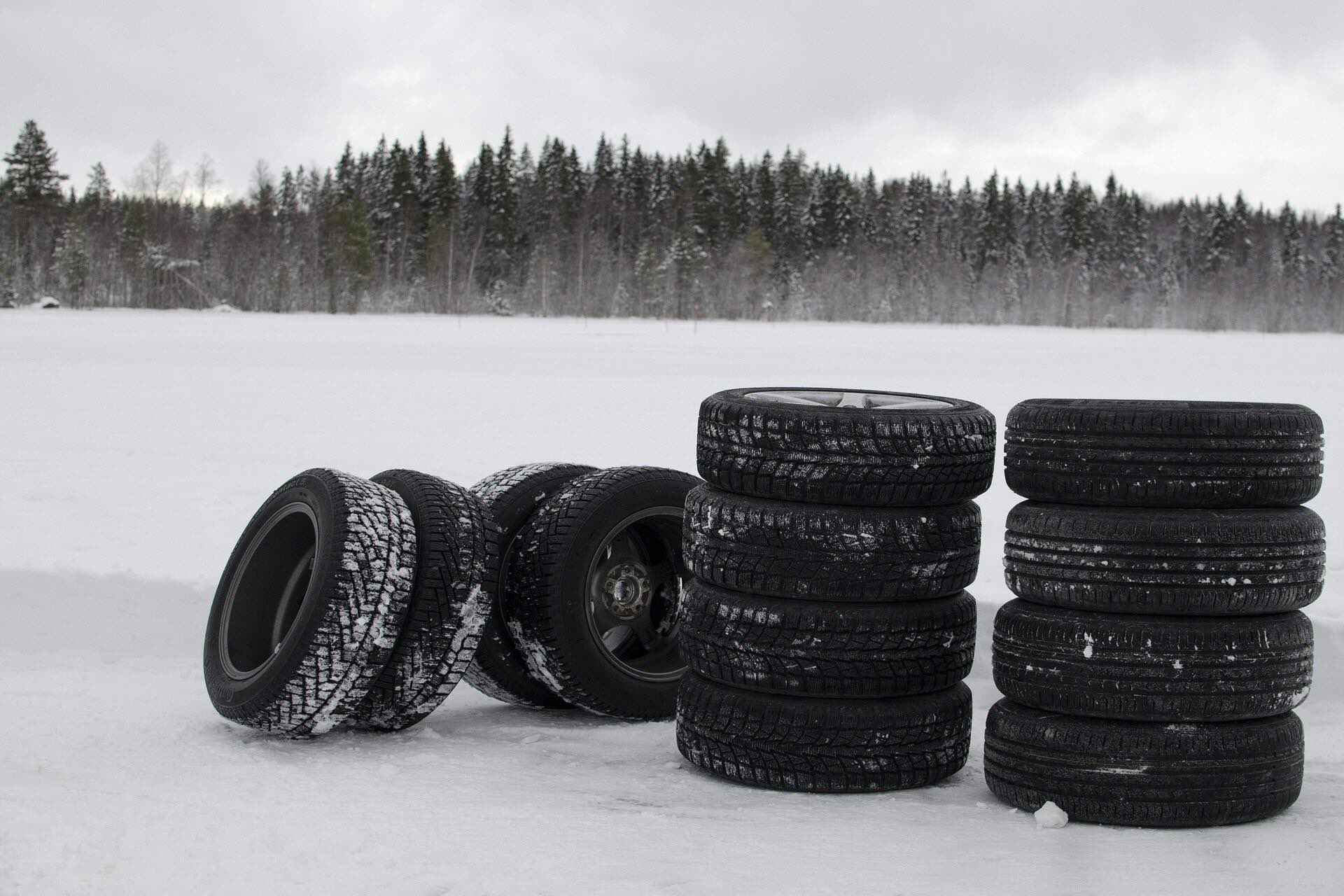



0 thoughts on “How To Store Firewood Outside In Winter”